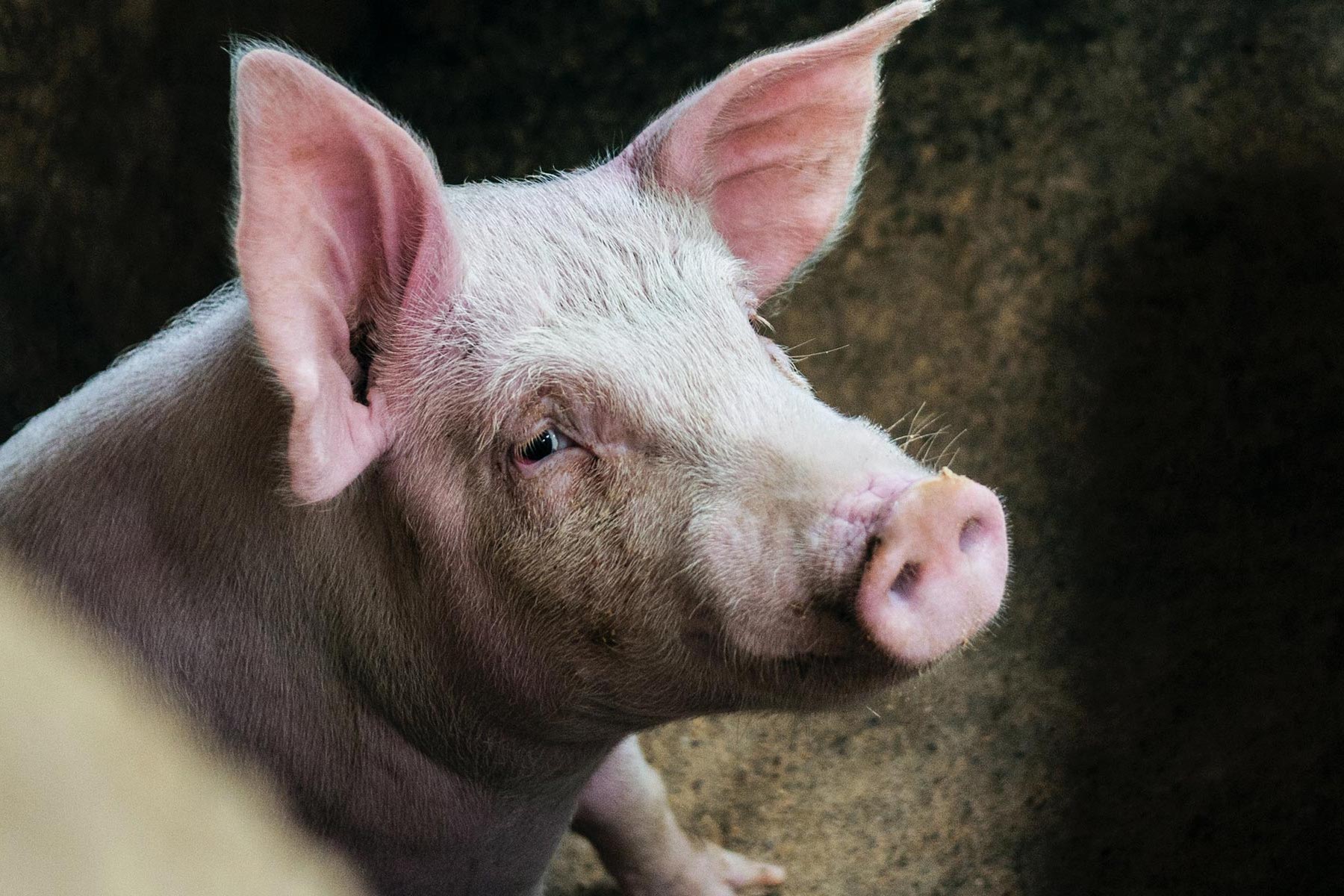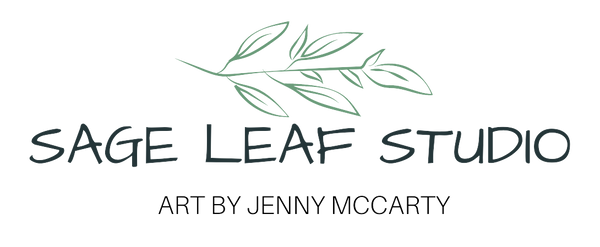In today's world, where ethical choices are becoming increasingly important, understanding the materials we use and consume has never been more vital. While not everyone may choose a vegan lifestyle, awareness about the presence of animal products in art is essential for those striving to be cruelty-free and even more environmentally conscious.
Art, often seen as a purely creative and human endeavor, is surprisingly intertwined with the animal world. This connection is crucial for both vegans and ethically- and environmentally-conscious individuals to recognize. Take, for instance, a seemingly innocent piece of art paper. Many art papers undergo a process known as "sizing," where animal gelatin is used to prepare the paper for various media, preventing it from becoming too absorbent. This detail may escape the notice of many but is a significant consideration for those avoiding animal products.

The vibrant colors in our paints often conceal animal derivatives. Some dark hues, like bone black for instance, owe their depth to charred animal bones. This use of animal remnants in paint production raises ethical concerns for vegans and those striving to eliminate animal cruelty from their lives. The art world must evolve to provide alternatives that align with a cruelty-free philosophy.

Even the tools of the trade, such as paintbrushes, often come from animal sources. Many high-quality brushes are made from the fur of squirrels, sables (weasel family), and other animals. These brushes are prized for their performance, but for those committed to an animal-free lifestyle, synthetic brushes present a humane alternative without compromising on quality.

As consumers and creators, it’s crucial to make informed choices. Whether you’re purchasing a piece of art or creating one, being aware of the materials involved allows you to align your practices with your values. Before you purchase art materials or a new painting to hang in your home, ask about these different materials and if they are made with animal products. Do you really want something hanging on your wall that conflicts with your values? By shedding light on the hidden animal products in art, we can make more ethical choices and encourage the art industry to move towards cruelty-free alternatives. Awareness is the first step towards change, and together, we can ensure that creativity and compassion go hand in hand.
